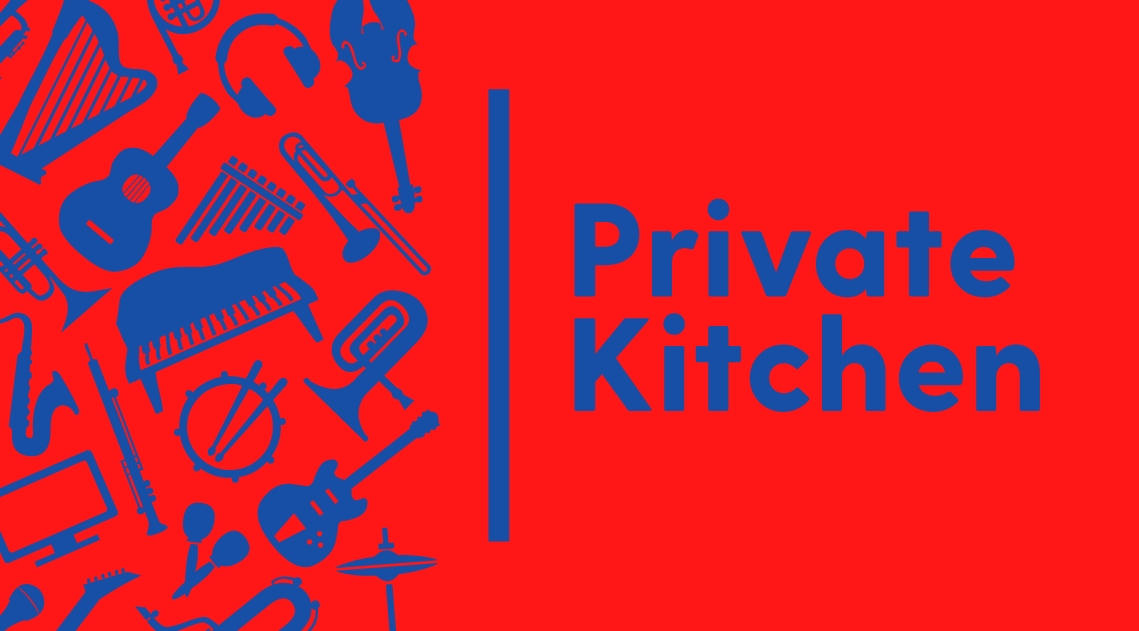The Circumplex Model of Emotion in Music
The content of this article/series on music & AI is written entirely by artificial intelligence. Read our ‘introduction into AI in Music - generated’ why and how we as editors of Private Kitchen create these articles.
In this article, we will delve into the Circumplex Model of Emotion in music, which provides a framework for understanding the relationship between different emotions and musical elements. We will explore the model's two dimensions—valence and arousal—and discuss its relevance to media composers.
In this article, we will explore the relationship between various musical parameters and emotions within the context of the Circumplex Model of Emotion. We will discuss how these parameters can be manipulated to evoke different emotional states and provide examples from well-known film music.
Understanding the Circumplex Model of Emotion
The Circumplex Model organizes emotions along two dimensions: valence (ranging from positive 🙂 to negative 🙁 emotions) and arousal (ranging from high to low energy levels).
- The model's four quadrants represent different emotional states:
Quadrant I: High arousal, positive valence (e.g., excitement, happiness, elation)
Quadrant II: High arousal, negative valence (e.g., anger, fear, anxiety)
Quadrant III: Low arousal, negative valence (e.g., sadness, depression, boredom)
Quadrant IV: Low arousal, positive valence (e.g., calmness, relaxation, contentment)
Editors note: The quadrant illustration above is also entirely generated by GPT-4 and presented as .svg file. The projected emoji’s in this article & illustration are also suggested by GPT-4 for this model, but placed by the editors to put them in the right context/quadrant.
Relevance for Media Composers
The Circumplex Model can help media composers understand the emotional impact of different musical elements and decisions.
By mapping musical parameters onto the model, composers can better predict and control the emotional responses of their audience.
The model can also serve as a common language for discussing emotions and music with collaborators, such as directors, producers, and fellow musicians.
Musical Parameters and Their Relationship with Emotions
1. Tempo
Fast tempos are generally associated with high-arousal emotions, such as excitement, joy, or agitation (Quadrant I and II).
Slow tempos are often linked to low-arousal emotions, such as calmness, sadness, or introspection (Quadrant III and IV).
Example: The fast tempo in John Williams' "Imperial March" from "Star Wars" creates a sense of urgency and menace (Quadrant II).
2. Harmony
Major keys and consonant harmonies typically evoke positive emotions (Quadrant I and IV).
Minor keys and dissonant harmonies often convey negative emotions (Quadrant II and III).
Example: The use of minor key and dissonant harmonies in Bernard Herrmann's "Psycho" score contributes to the tension and fear (Quadrant II).
3. Dynamics and Articulation
Loud dynamics, crisp articulation, and strong accents can create a sense of energy and excitement (Quadrant I).
Soft dynamics, legato articulation, and subtle accents can evoke calmness and relaxation (Quadrant IV).
Sudden changes in dynamics, aggressive articulation, and irregular accents can contribute to tension, anger, or anxiety (Quadrant II).
Example: The dynamic contrast and crisp articulation in Maurice Ravel's "Boléro" build anticipation and excitement (Quadrant I).
4. Melody and Contour
Rising melodic lines can evoke feelings of hope, anticipation, or happiness (Quadrant I).
Descending melodies can convey sadness, resignation, or introspection (Quadrant III).
Example: The ascending melody in the main theme of "Superman" by John Williams creates a sense of heroism and triumph (Quadrant I).
5. Texture and Orchestration
Dense, complex textures can create a sense of energy or tension (Quadrant I and II).
Sparse, simple textures can evoke feelings of calmness or sadness (Quadrant III and IV).
The choice of instruments and their timbre can also greatly impact the emotional character of a piece.
Example: The rich orchestration and complex textures in Richard Wagner's "Ride of the Valkyries" contribute to a sense of power and energy (Quadrant I).
6. Rhythm and Phrasing
Upbeat, syncopated, or irregular rhythms can generate excitement or tension (Quadrant I and II).
Steady, simple rhythms or smooth, flowing phrasing can create a sense of calmness or introspection (Quadrant III and IV).
Example: The steady rhythm and flowing phrasing in Erik Satie's "Gymnopédie No. 1" evoke a sense of calmness and tranquility (Quadrant IV).
Conclusion
Understanding the relationship between various musical parameters and emotions within the Circumplex Model of Emotion can help media composers create more effective and emotionally resonant scores for a variety of multimedia projects. By using this model as a guide, composers can better predict and control the emotional responses of their audience, enhancing the overall impact of their music.
A Circumplex Model of Affect, James A. Russell
University of British Columbia, Vancouver, Canada
Journal of Personality and Social Psychology
1980. Vol. 39, No. 6. 1161-1178
more on AI work on music and emotions: emopia dataset https://annahung31.github.io/EMOPIA/
A Human Aftertought
The above article has completely and automatically been generated by OpenAI’s GPT-4 (GPT-4-0314.
Having a Large Language Model, which some have named ‘stochastic parrots’, or ‘statistics on steroids’, generate an insightful article for media composers is in itself impressive. Just by slight iterations in the questioning to the model, GPT-4 reinvented the dipole model as published by Rens Machielse in ‘The Soundtrack’ ( link : https://desoundtrack.nl/#dipool ) , adding extra music design elements, including timbre, articulation and tonalities. In a follow-up discussion with GPT-4, the two axis from the circumplex model were even concurred as interchangeable with Rens’ model (Arousal == Dynamics, Valence == (in)stability) etc. etc.
This apparent ‘understanding’ of music design processes and the ability to abstract this to hands-on information and tools might be a promising start of new AI collaborations for media composers.
The implications of having a large language model, such as GPT-4, being able to also generate its illustrations via .svg and other (markup,markdown, computer) languages, but even musical illustrations as repertoire examples (as mentioned in the article) and some rudimentary musical notation via abc syntax promises much for next generation Generative Large Language Modal Models.








